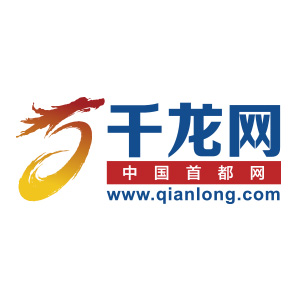China’s race to develop large-scale artificial intelligence (AI) models is heating up, with 79 models containing over 1 billion parameters already released in the country. Dubbed the “Hundred Models War,” this battle for dominance in the global AI competition is focused on innovation and efficiency. Industry experts believe that improving efficiency and reducing costs through innovation will be a long-term priority in the era of large models.
The competition was further intensified in March of this year when Baidu invited public testing of its next-generation knowledge-enhanced large language model, “Wenxin Yiyan.” Other major tech companies, including Alibaba, Xunfei, and Zhipu AI, have also released their own large-scale models. This arms race among companies to develop the best large-scale models has become increasingly fierce.
Wenxin Yiyan, as the earliest publisher in this field, is already iterating its model to version 3.5. The company’s chief technology officer, Wang Haifeng, revealed that they have introduced “knowledge point enhancement technology” to further improve the model’s knowledge and performance.
Large-scale models are mainly focused on general-purpose applications, such as natural language processing, computer vision, and speech recognition. However, there are also models targeting specific verticals, including finance, autonomous driving, medical diagnosis, and industrial quality control.
While the development of large-scale models is booming, the challenge lies in accelerating the implementation of these models in real-world applications. Industry insiders emphasize the need to overcome the “last mile” problem and find ways to effectively integrate large models into various industries. The choice of the right model and considering the effect and cost are crucial factors in this process.
To address these challenges, platforms providing services like secure computing, model fine-tuning, and evaluation are emerging. For example, Volcano Engine has recently launched “Volcano Ark,” which allows enterprises to try out multiple large models simultaneously and choose the most suitable model for their business needs.
Looking ahead, the competition in the “Hundred Models War” will shift towards native AI applications and improving production efficiency. Baidu’s founder and CEO, Robin Li, highlighted the importance of having native AI applications on large models and how these applications can enhance production efficiency. He believes that if China can become a player in this game, it will significantly boost the country’s digital industry and digital economy.
Despite the intense competition, experts urge caution and emphasize that the hype around large-scale models should not overshadow their limitations. Investors warn that not all problems can be solved by large models and suggest that entrepreneurs should take a long-term view when incorporating large models into their projects.
As the development of large-scale models in China continues to accelerate, the focus will be on innovation and efficiency improvement to ensure the effective implementation of these models in various industries. The industry is expected to see collaborations and cooperation among participants, as well as individual efforts to stand out and lead the way in this field.
